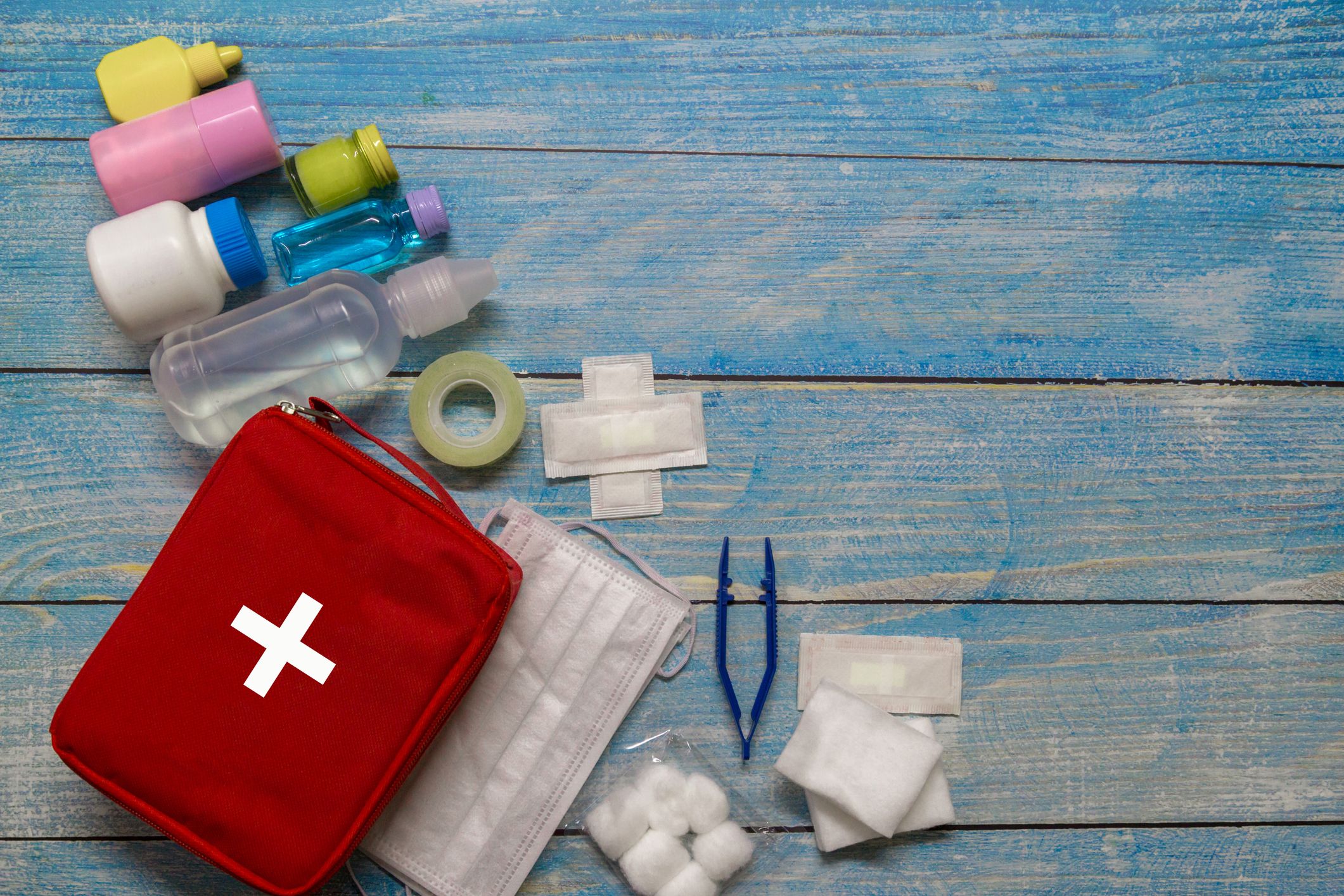When disaster strikes, are you prepared? From winter storms and hurricanes to wildfires and power outages, it’s critical to have a plan in place for any potential emergency. Being ready to respond quickly is essential for keeping your family safe and reducing the impacts of disruptions in daily life. That’s why creating an emergency preparedness kit is the first step towards protecting yourself and adapting to whatever Mother Nature has in store.
This guide will help get you started on the path toward peace of mind so that when disaster inevitably does strike ––you’ll be ready for anything!
Create an emergency plan
In times of crisis, having a detailed emergency plan in place can be the difference between panic and peace of mind. By preparing for a variety of situations, you can feel confident that you and your loved ones are ready to handle whatever comes your way.
Start by identifying potential threats, such as natural disasters or power outages, and create a plan that outlines clear escape routes, designated meeting points, and communication methods. It’s also important to consider any specific needs of household members, such as medication or mobility requirements. Taking the time to develop a comprehensive emergency plan now could save you valuable time and stress in the future.
Build an emergency kit
In the event of an emergency, having a well-stocked emergency kit can make all the difference in keeping your family safe and comfortable. It’s essential to include non-perishable food, water, flashlights, batteries, a first aid kit, a portable radio, cash, and important documents in your kit.
But it’s also important to tailor your emergency kit to meet the specific needs of your family, such as including a home battery for those living in areas prone to power outages, like Utah. By being prepared and ensuring that your emergency kit is up to par, you can rest a little easier during uncertain times.
Stay informed
In times of crisis, staying informed can mean the difference between life and death. That’s why emergency preparedness experts emphasize the importance of keeping up-to-date on potential hazards and emergency situations in your area. One way to do this is by signing up for local alerts and notifications, which will alert you of any imminent danger as it happens.
Listening to emergency broadcasts and following reliable sources of information during a crisis can also help you make informed decisions and take appropriate action to stay safe. Remember, even a few minutes of advanced notice can make all the difference in a time of emergency.
Secure your home
When it comes to emergency preparedness, securing your home is crucial. Installing smoke detectors, carbon monoxide detectors, and fire extinguishers can help you quickly detect and respond to hazards before they escalate.
But don’t stop there – consider reinforcing your doors and windows to prevent burglars from gaining access, trimming trees or branches near your property to prevent them from falling and causing damage, and securing heavy furniture or objects to prevent them from toppling over during an earthquake or other disaster. Taking these proactive measures will give you peace of mind knowing that you’re doing everything you can to protect your home and those who live in it.
Communication strategies
Establishing a communication plan with family members or designated contacts is important to ensure everyone is on the same page during an emergency. However, it is also crucial to determine alternative communication methods in case of power outages or disrupted phone lines. One option could be to use text messages or social media platforms as a means of communication. It is essential to have a plan in place to ensure that everyone is accounted for and safe during an emergency.
Evacuation preparedness
In case of an emergency where evacuation is required, it is crucial to plan ahead by identifying multiple routes and destinations for a safe retreat. It’s not safe to rely on a single route as it can be congested or blocked due to various reasons. So, before the situation gets critical, make a list of possible evacuation routes and destinations that you can access quickly and safely.
In addition, you must prepare a “go bag” filled with essential items like clothing, toiletries, medications, and important documents, so you can quickly grab them and leave your home if required. Being prepared ahead of time can make all the difference during an emergency, so it’s best to plan ahead and be ready for the worst.
Remember, emergency preparedness is an ongoing process, and it’s important to adapt your plans and resources as needed.




